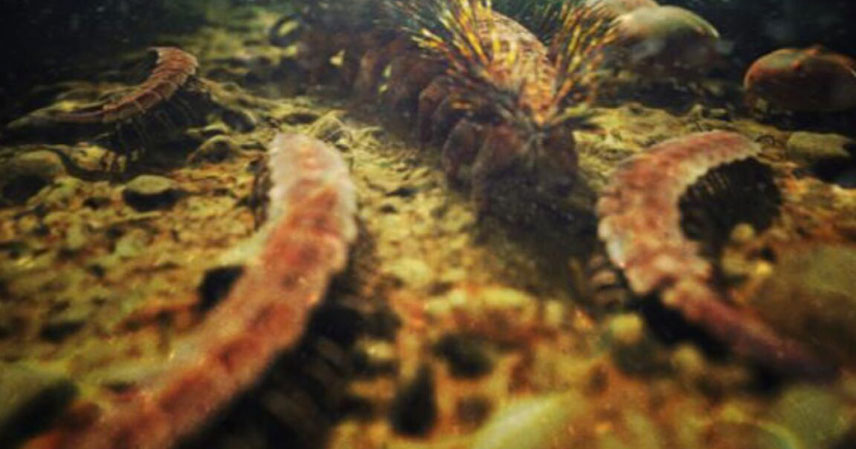July brought a wealth of fascinating scientific discoveries, but one stands out: the unearthing of the tomb of Te K’ab Chaak, the first king of Caracol, an ancient Maya city nestled in the Belizean jungle. This remarkable find, made possible by decades of painstaking work and cutting-edge technology, sheds new light on the early history of the Maya civilization and its impressive architectural feats.
This blog post delves into the details of this exciting discovery, exploring the methods used, the significance of the find, and the broader implications for our understanding of Maya history and culture. We’ll also touch upon some of the other intriguing scientific breakthroughs from July, highlighting the constant evolution of our knowledge across various fields.
The Discovery of Te K’ab Chaak’s Tomb 👑
For over three decades, archaeologists Arlen and Diane Chase have dedicated themselves to uncovering the secrets of Caracol. Their expertise, combined with the innovative use of airborne LiDAR (Light Detection and Ranging) technology, has revolutionized the exploration of this ancient city. LiDAR, which uses lasers to create 3D maps of the terrain, allowed the Chases to penetrate the dense jungle canopy and identify hidden structures, including a network of roads and a cremation site, before beginning the physical excavation.
Their latest triumph is the discovery of the tomb of Te K’ab Chaak, the city’s first ruler. He ascended to the throne in 331 CE, laying the foundation for a dynasty that would endure for over 460 years. The tomb itself is a testament to the power and prestige of this early king, offering invaluable insights into the funerary practices and beliefs of the early Maya.
The Significance of the Find 🗺️
The discovery of Te K’ab Chaak’s tomb is incredibly significant for several reasons. Firstly, it provides concrete evidence of the early history of Caracol, corroborating and expanding upon existing historical accounts. Secondly, the artifacts found within the tomb—which are yet to be fully cataloged and analyzed—promise to reveal details about the daily life, religious practices, and social structures of the early Maya.
Furthermore, the tomb’s architectural design and construction techniques offer valuable insights into the advanced engineering skills of the Maya. The intricate details of the tomb’s construction highlight the sophistication of their civilization and their mastery of stonework, a testament to their architectural ingenuity. This discovery also emphasizes the importance of ongoing archaeological research in preserving and understanding our shared human history.
The Role of LiDAR Technology 💡
The success of this discovery is largely attributed to the innovative use of airborne LiDAR technology. This groundbreaking technology allows archaeologists to “see” beneath the dense jungle vegetation, revealing hidden structures that would otherwise remain undetected. By creating detailed 3D maps of the terrain, LiDAR helps pinpoint potential archaeological sites, guiding excavations and minimizing the risk of damage to valuable artifacts.
The application of LiDAR in archaeology is transforming our ability to explore and understand ancient civilizations. It allows for a more efficient and targeted approach to excavation, significantly reducing the time and resources required while also minimizing environmental impact. This technology is now being employed in archaeological projects worldwide, revolutionizing the field and leading to many significant discoveries.
Other July Scientific Breakthroughs 🔬
Beyond the exciting discovery in Caracol, July also saw breakthroughs in diverse fields. Researchers made progress in understanding the fluid dynamics of sailing, potentially leading to improvements in sailboat design. Another study explored the analysis of bloodstains on cotton fabric to determine the speed of blood flow at the time of the stain, a crucial development in forensic science.
Perhaps one of the most intriguing discoveries involves the study of elephant ears. Researchers are exploring how the unique structure of elephant ears could inspire more efficient indoor temperature control systems in buildings, potentially leading to more sustainable and energy-efficient designs. These diverse discoveries highlight the interconnectedness of scientific fields and the potential for unexpected cross-disciplinary applications.
Key Takeaways 🔑
- The tomb of Te K’ab Chaak, the first king of Caracol, has been discovered in Belize.
- Airborne LiDAR technology played a crucial role in locating the tomb.
- The discovery provides significant insights into the early history and culture of the Maya civilization.
- July saw various other exciting scientific breakthroughs in fields ranging from fluid dynamics to forensic science and sustainable building design.
The discovery of Te K’ab Chaak’s tomb is a monumental achievement, underscoring the importance of continued archaeological research and the power of innovative technologies in uncovering the secrets of our past. This remarkable find promises to enrich our understanding of the Maya civilization for years to come, inspiring further exploration and research into this fascinating culture.
Source: Research roundup: 7 cool science stories we almost missed



